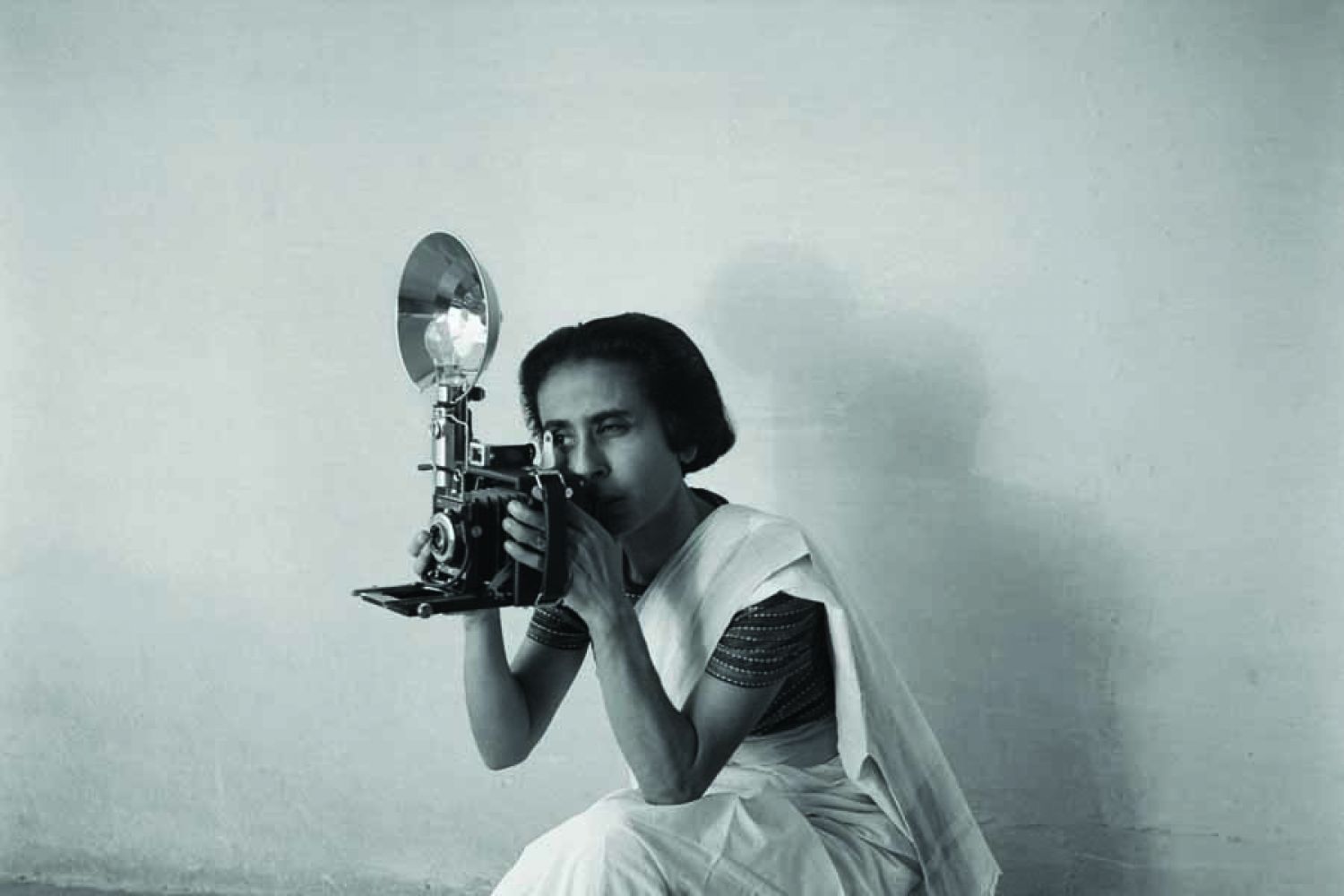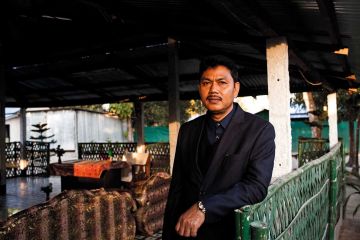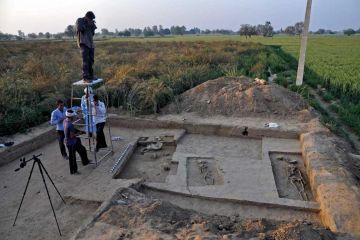
In this 19-year old unpublished
interview Homai Vyarawalla speaks at length about herself, of the post-partition riots at
Connaught Place and why she gave up photography in the 1970s.
Photogrpahs: the Homai
Vyarawalla Archive/
Alkazi Collection of Photography
Homai Vyarawalla
(1913-2012) was perhaps the first Indian photojournalist of renown.
Where talent was concerned she compared with the best Indian photojournalists.
Her work had an intimacy scarcely evident in th





